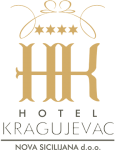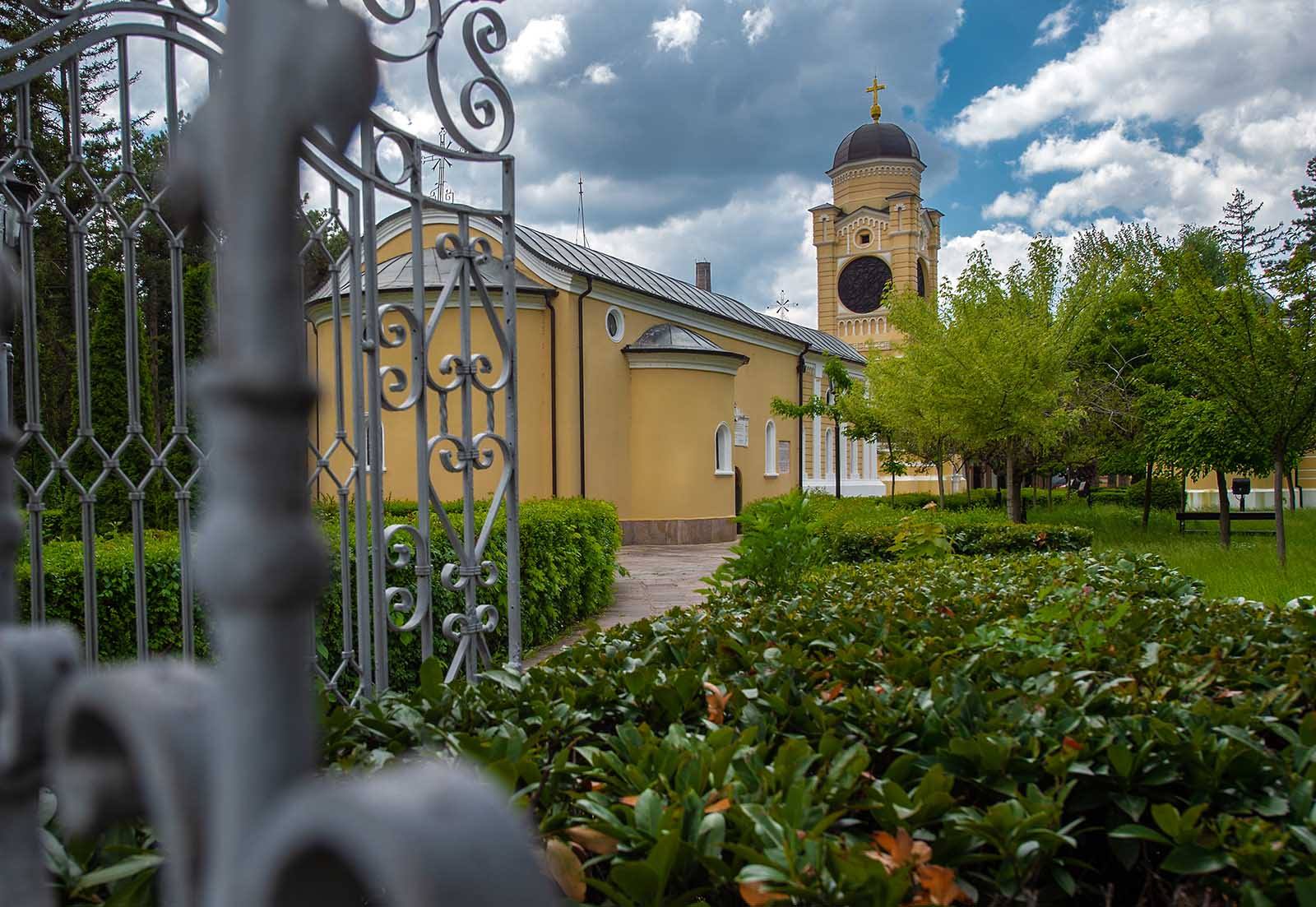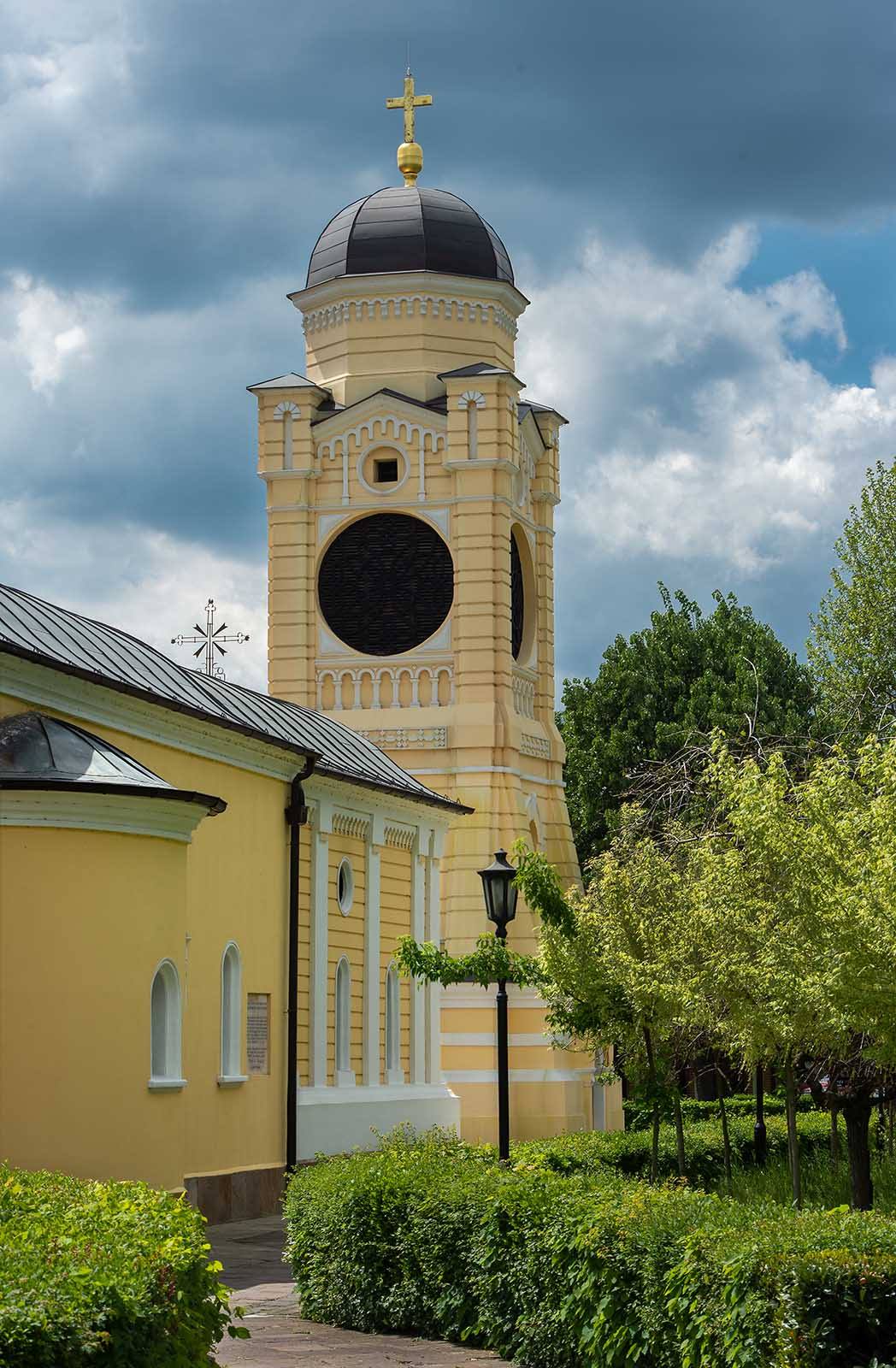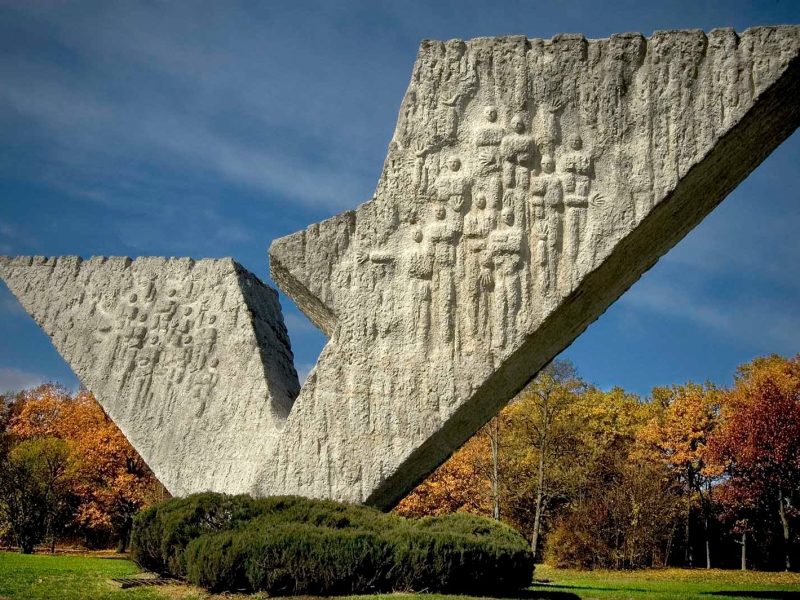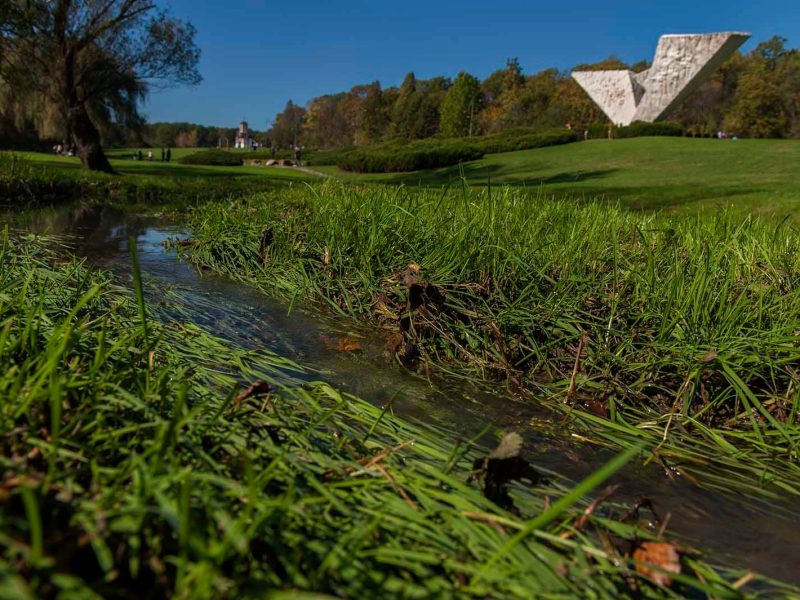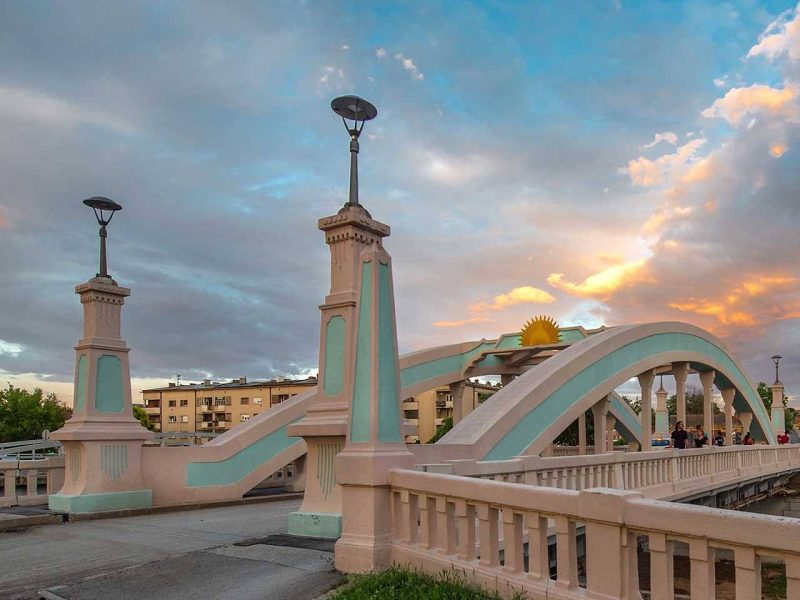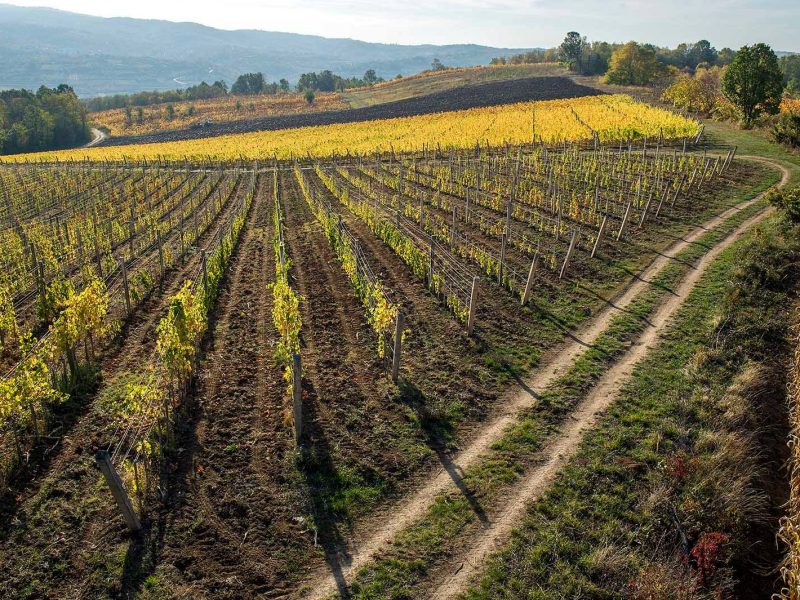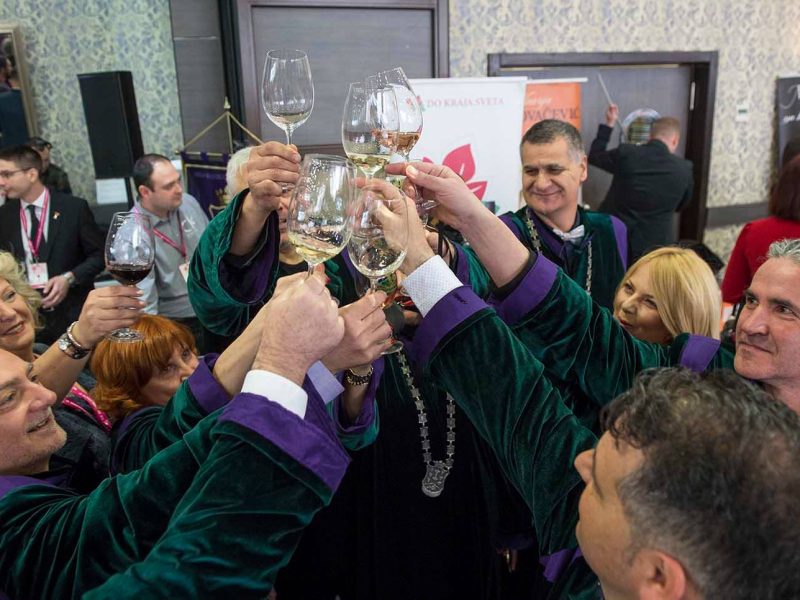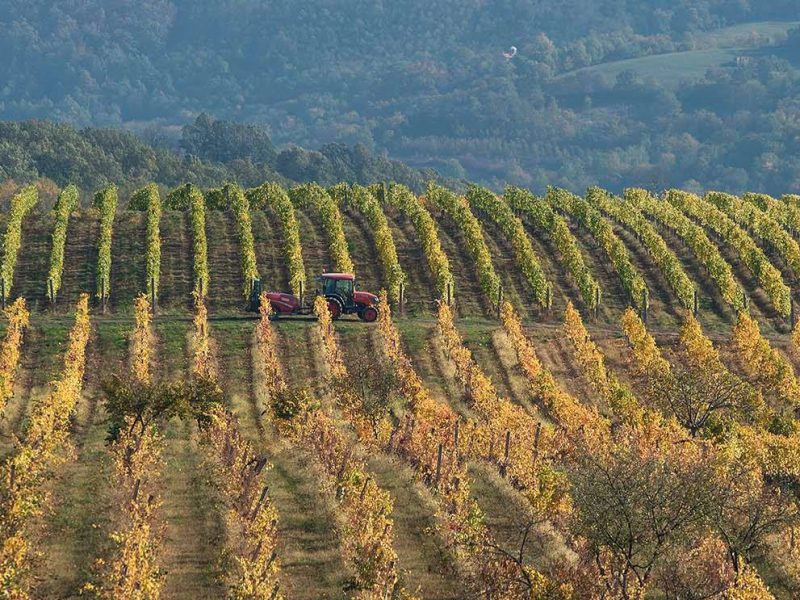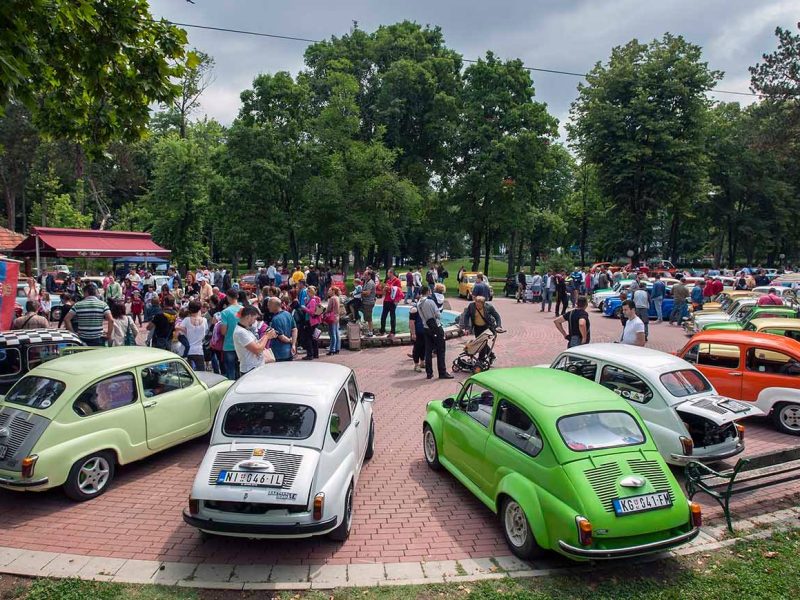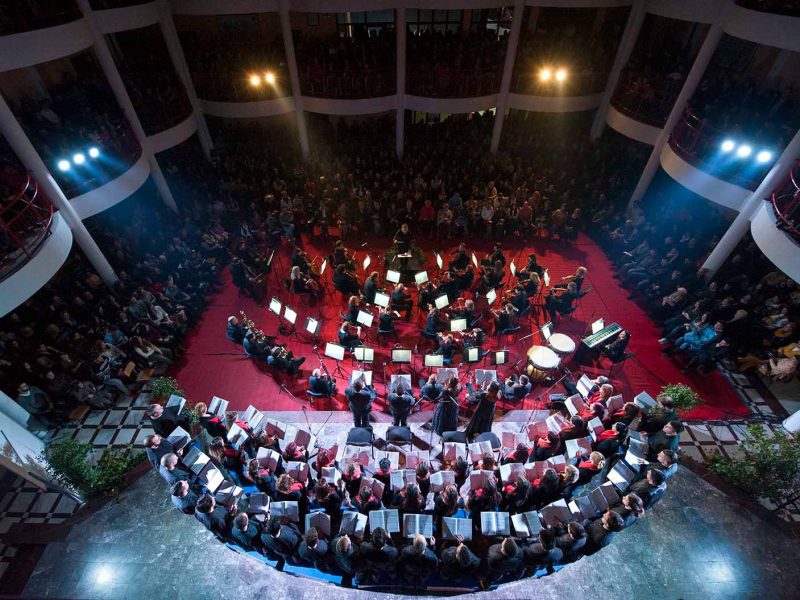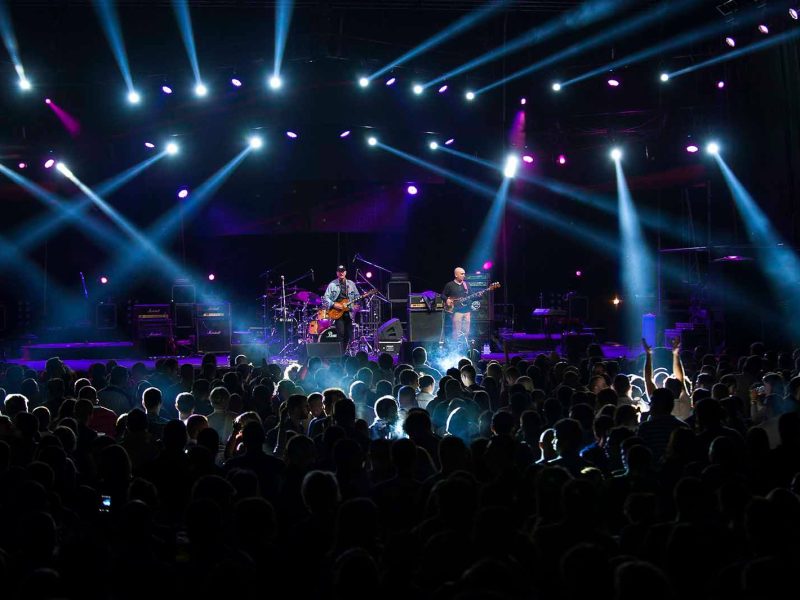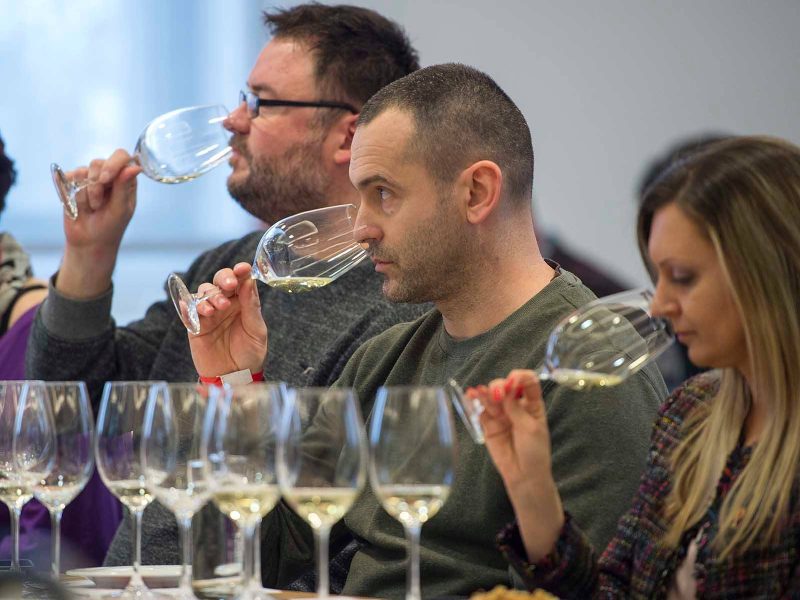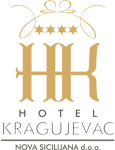About Kragujevac
About Kragujevac
Kragujevac is one of the largest cities in Serbia and the administrative centre of the Šumadija District. It is located in the valley of the river Lepenica , surrounded by the slopes of Mt. Rudnik , Mt. Crni Vrh and Gledić mountains .
The name Kragujevac comes from ’’kraguj’’ , the Serbian name for cinereous vulture . In the Middle Ages, this bird was used for hunting , these days is represented on the city’s coat of arms .
Kragujevac has been thought of as Serbia’s ’’number one ’’ city at various times in history :
- it became the first modern Serbian capital when Milos Obrenovic restored Serbian statehood ( 1818/1841. )
- the first Serbian constitution the Sretenje Constitution was proclaimed in the city ( 1835 )
- the first newspapers in Principalities of Serbia ( 1834 )
- Serbia’s first grammar school founeded in 1833
- first university ( 1838 )
- first theatre ( 1834 )
- the country’s first court of law was established here ( 1820 )
- first pharmacy
- the first cannon was cast in 1853
- first aquarium…
Today you can be briefly transported to those bygone times by taking a relaxing stroll and visiting the cultural and historic complex called ’’Milosev venac’’ , comprising the Old Church built in 1818 and the Assembly building from 1856.
During World War I, the seat of many state institutions – the Supreme Army Command was housed within the court house buliding .
October in Kragujevac Memorial Park , also known as Šumarice Memorial Park ,is a memorial complex erected to commemorate the innocent victims. Among the dead were hundreds of high school students . As you walk through the park , you will see many monuments, the most striking of which is the Monument of Executed Pupils, which commemorates the 5th grade pupils of a primary school in Kragujevac who were executed by German forces . The white concrete slab split in two is shaped like the Roman number V, which transforms into a bird with broken wings-a symbolic representation of youth tragically cut short as it was preparing to fly out of the parent’s nest .
In the post-war period , Kragujevac continued to develop its industry . Its main products were passanger cars, trucks and industrial vehicles . The biggest industry was Zastava Automobiles , which at one point employed tens of thousands people .
After a tour of the landmarks of modern Serbian statehood situated at very heart of the city, you can relax at one of the many cafes, coffee houses and restaurants nearby .
Foremer forests have been replaced with vineyards and orchards , yielding fruits used in the production of wine and the plum brandy known as šljivovica .
The Šumadija region is also famous for a drink known as the ’’Šumadija tea ’’- mild šljivovica brandy boliled in water and caramelised sugar . While it’s usually drunk during the colder months , you simply must taste it no matter what time of the year you visit Kragujevac.
Kragujevac is also the venue of numerous culture events, most notably the celebration of :
- The City Day ( May 6th )
- Great School Class ( October 21st – peacetime reminder of the massacre of schoolchildren by German forces )
- Arsenal fest ( at the end of june )
- Fica fest
- Joakim fest…
And for the end we will quote Czech historian Konstantin Jireček :
” Belgrade is Europe , but if you want to see a true Serbian town , visit Kragujevac . ”
